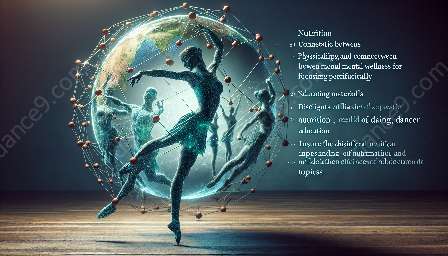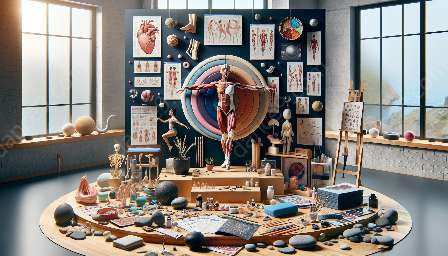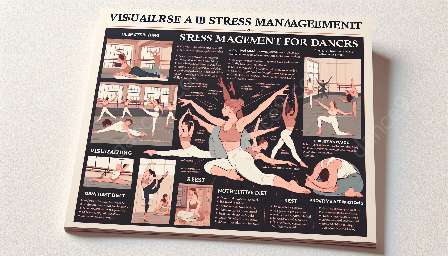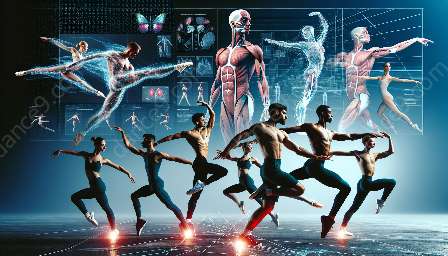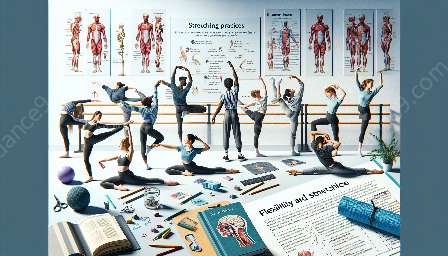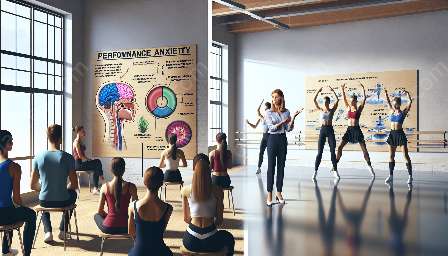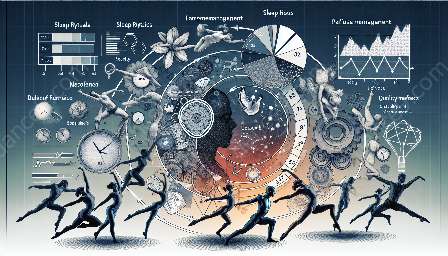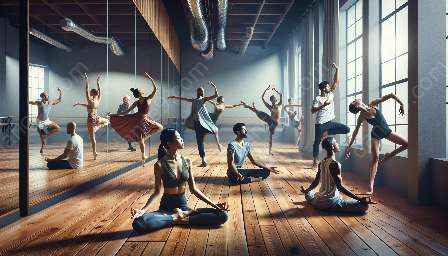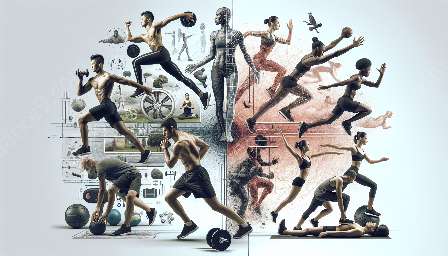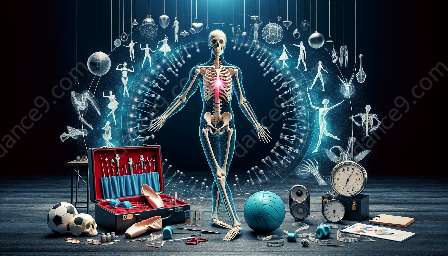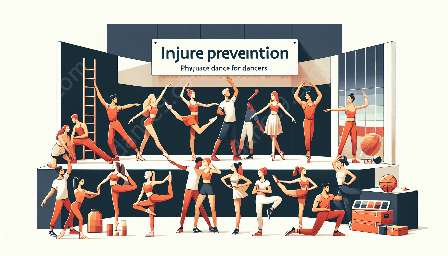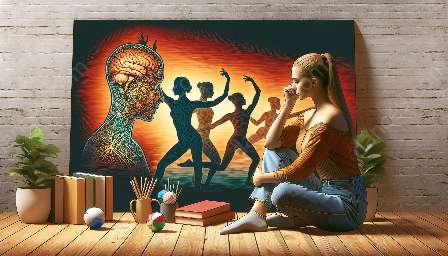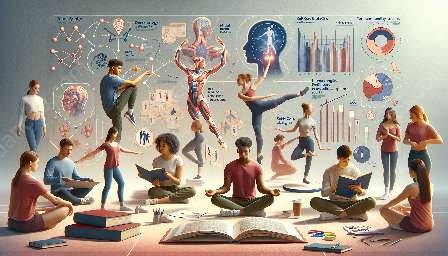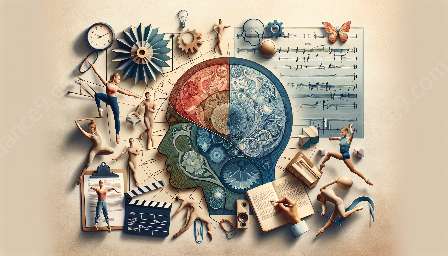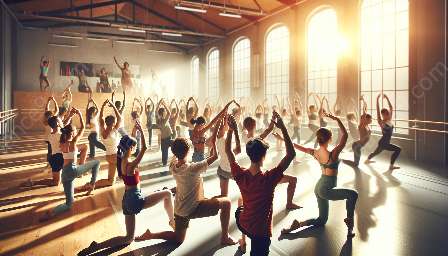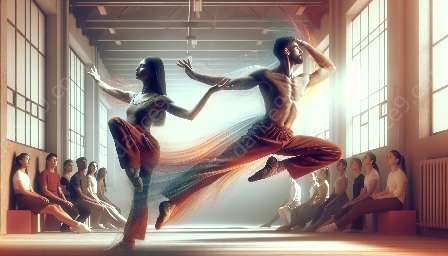H2: Understanding Body Image Issues in Dance
Body image concerns are prevalent in the dance community, impacting both physical and mental health. Dancers often face pressure to maintain a certain physique, leading to negative perceptions of their bodies.
H2: Impact of Body Image on Mental Health
Body image issues can contribute to mental health challenges such as anxiety, depression, and eating disorders. It is crucial for dancers to address these issues to maintain overall well-being.
H2: Promoting Positive Body Image in Dance
Creating a supportive dance environment that celebrates diversity is essential for promoting positive body image. Encouraging self-compassion and fostering a culture of acceptance can help combat negative body image perceptions.
H2: Mental Health Strategies for Dancers
Developing Self-Awareness: Dancers should cultivate self-awareness to recognize negative thoughts and emotions related to body image. This self-awareness can help in identifying triggers and initiating positive coping strategies.
Seeking Professional Support: Dancers dealing with body image issues should seek support from mental health professionals who understand the unique challenges faced in the dance industry. Counseling and therapy can provide valuable tools for managing body image concerns.
Physical Wellness: Prioritizing physical well-being through balanced nutrition and appropriate exercise is essential for maintaining a healthy body image. Dancers should focus on strength and flexibility rather than restrictive dieting.
Community Engagement: Engaging with a supportive dance community can enhance mental well-being and provide a sense of belonging. Building connections with peers who value diversity and positivity can help combat negative body image beliefs.
H2: Embracing Diversity and Inclusivity
Promoting diverse body types and embracing inclusivity within the dance community can foster a culture of acceptance. Celebrating individuality and emphasizing skill and artistry over appearance can create a more positive environment for dancers.
H2: Importance of Self-Care Practices
Encouraging dancers to prioritize self-care practices such as mindfulness, relaxation techniques, and stress management can contribute to improved mental health. Building resiliency and coping skills is vital for addressing body image issues.
H2: Conclusion
Addressing body image issues in the dance community requires a multifaceted approach that encompasses mental health strategies, support systems, and a shift towards promoting positive body image and inclusivity. By implementing these strategies, dancers can navigate body image challenges while prioritizing their overall well-being.

